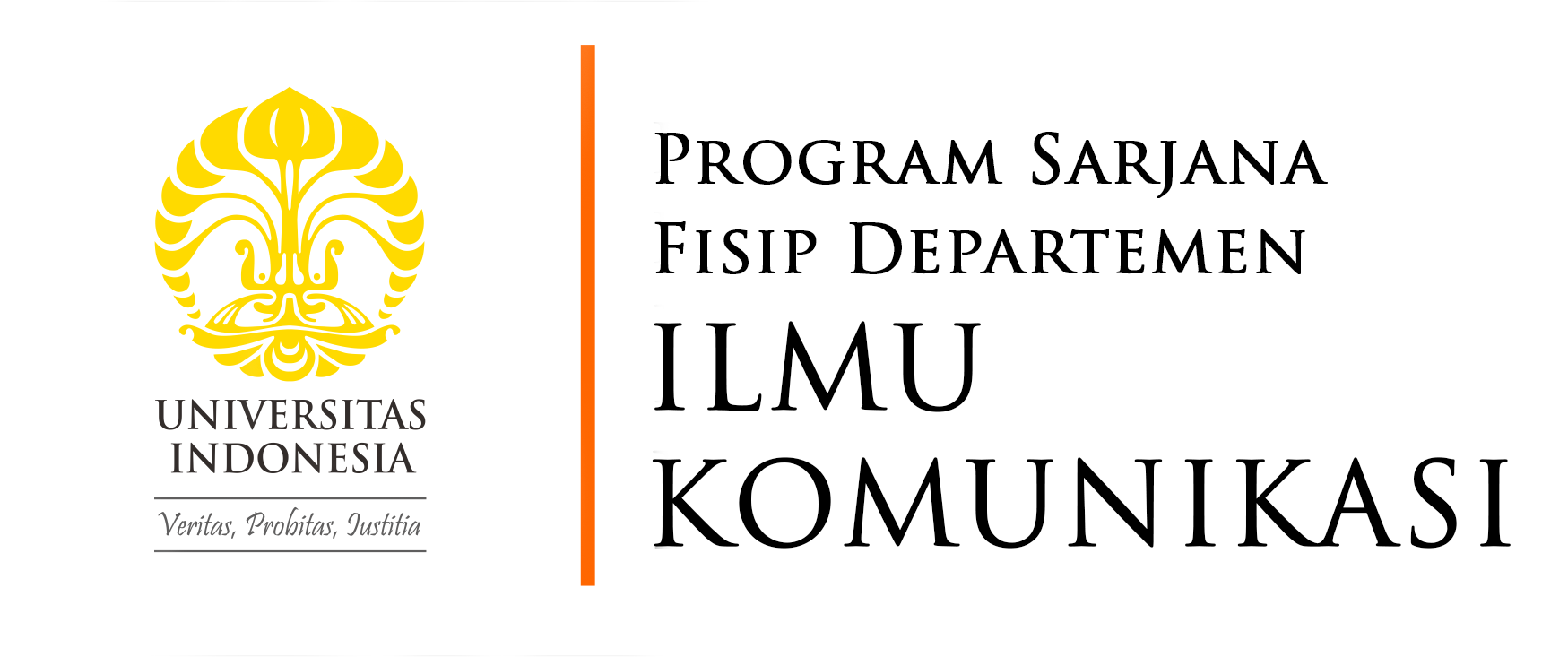DEPOK — The rise of sexual violence cases in public transportation facilities has become a concern for the community, including University of Indonesia students. Moreover, most students still seem to make public transportation their main option.
“If I see a case of sexual violence in public transportation, I want to reprimand the perpetrator and tell the victim to talk directly to the nearest officer,” said Kholisha Husna Syihab, a UI student.
However, not all victims want to report. Various factors can influence victims so that they are reluctant to speak out regarding the immoral acts they experience. The element of public awareness is allegedly one of the main keys in this case.
“We want every individual to be aware of the issues of sexual violence in public transportation,” Kholisha continued.
Based on data from the Integrated Service Center for the Empowerment of Women and Children (P2TP2A), sexual violence in public transportation and public facilities in Jakarta have increased. P2TP2A recorded 9,527 cases from 2021 to January 2022. Later, one of the places where abuse occurred was public transportation facilities.
Seeing this phenomenon, the response and prevention service for sexual violence on the UI campus, HopeHelps UI, has prepared a number of steps. HopeHelps UI Deputy Local Director Mega Riahta Siti Aisyah said HopeHelps tries to support the victims as best as possible.
According to the woman familiarly called Icha, creating a safe space in public transportation must also be fought together, including regarding handling. Icha emphasized that the role of various parties is needed.
All elements of society need to understand what Bystander Intervention is, where a witness to sexual violence can intervene in the act, either directly or indirectly. There are a number of methods that can be done:
1. Distract
“The first is distraction. We distract the victim or perpetrator, we chat to distract the victim or perpetrator,” said Icha.
2. Delegate
Delegate, which means that we are as witnesses, report acts of sexual violence to the authorities, it is also emphasized by Icha.
3. Document
“Then, document. Here, we are as witnesses document the incident or the face of the perpetrator, but keep in mind that in this intervention step, we need to ask the victim about what needs to be done from the documentation results,” added Icha.
He also told the witnesses they should not act rashly with the documentation. “Don’t do it unilaterally without the victim’s consent,” he continued.
4. Delay
The fourth method is delay. As the name implies, this is delay. This intervention occurs when the perpetrator has left or can wait until the situation allows.
5. Direct
“Then, the last one is direct. We confront directly, but we need to pay attention to the safety of witnesses, victims, and those around them,” concluded Icha.
Furthermore, Icha explained in helping the victims, one also needs to get approval from the victim.
“Not all victims want to be helped, not all victims want their case to be reported, and not all victims want the perpetrators to be sought. Everything depends on the consent of the victim, unless it is an emergency and dangerous, then we will move.”
Icha, Deputy Local Director of HopeHelps UI, advised, “Everyone plays an important role, don’t be silent, stay aware, we need to collaborate.”
(Kirana Paramesti Putri Widiyanto)



